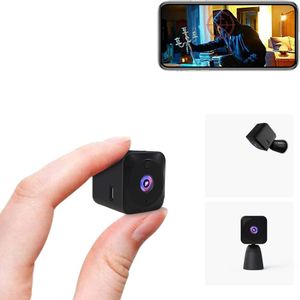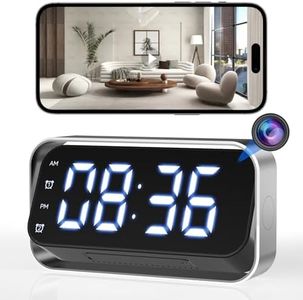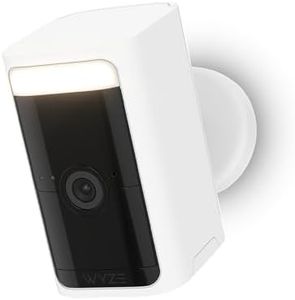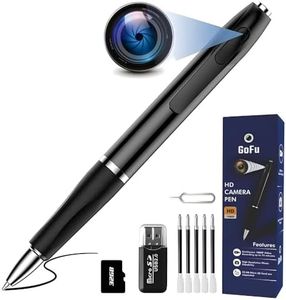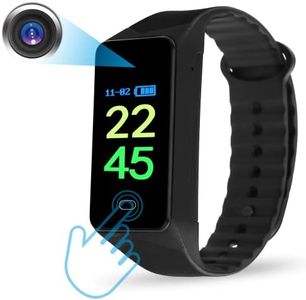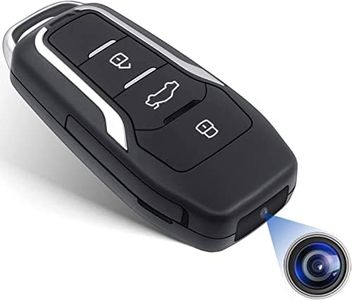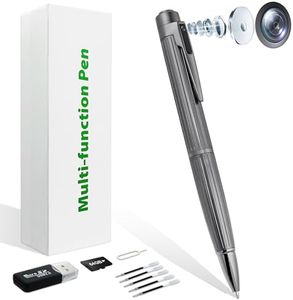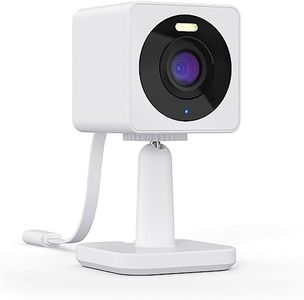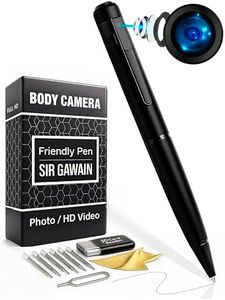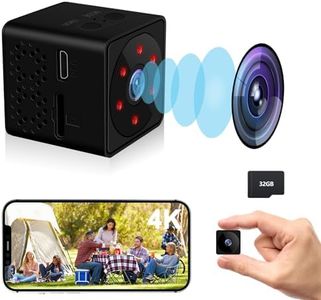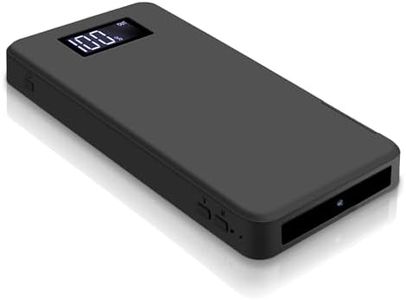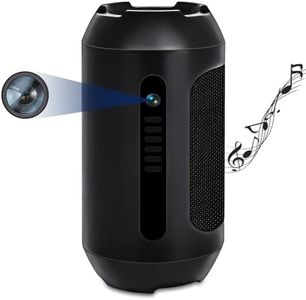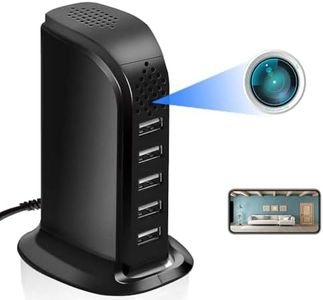We Use CookiesWe use cookies to enhance the security, performance,
functionality and for analytical and promotional activities. By continuing to browse this site you
are agreeing to our privacy policy
10 Best Spy Cameras
From leading brands and best sellers available on the web.Buying Guide for the Best Spy Cameras
When shopping for a spy camera, it’s important to first consider your main goal: do you need it for home security, monitoring an office, or capturing footage discreetly in a specific setting? Spy cameras come in all shapes and sizes, and picking the right one means matching it to your environment, expected usage, and the features that matter most to you. You’ll also want to think about where you’ll place the camera, how you’ll access its recordings, and whether you need it to blend in or can be slightly visible. Understanding some key specifications will help you make a thoughtful decision and get a camera that fits your needs.ResolutionResolution refers to the clarity of the video or images that the spy camera records. A higher resolution means you get sharper, clearer images, which can be crucial if you need to identify faces or details. Common options are 720p (HD), 1080p (Full HD), or even 4K. Lower resolutions (below 720p) may save storage space, but fine details are harder to see. If you need to recognize people or objects clearly, go for 1080p or higher. For simple monitoring or general movement detection, lower resolutions might be sufficient.
Form Factor and ConcealmentThe form factor is the physical shape and size of the spy camera. Some look like everyday items such as clocks, chargers, or pens, while others are just tiny cameras you can hide anywhere. Choose a form factor based on where the camera will be placed and how much you need it to blend in. For instance, if you want it to go unnoticed in a living room, a camera hidden in a picture frame or an alarm clock might be best. If extreme discretion is needed, smaller pinhole cameras or wearable types are usually more suitable.
Power SourceSpy cameras can be powered by batteries, plugged into the wall, or a combination of both. Battery-powered cameras offer flexibility and portability, but may need frequent recharging. Plug-in models tend to run continuously but must be near an outlet, sometimes making placement trickier. Consider how often you can access the camera for charging, and whether you need it to operate for long stretches without attention. If you need continuous operation, plug-in or hybrid models are ideal; if you need to frequently move the camera, battery-powered options work better.
Storage OptionsThis refers to where the camera saves its recordings—either locally on memory cards or remotely via cloud storage. SD card storage is simple and private but has limits on how much video can be saved before you need to overwrite or replace the card. Cloud storage offers access from anywhere and can act as a backup, but might come with ongoing fees and privacy considerations. Choose based on how much footage you need to keep and how you prefer to access it.
Field of ViewField of view is the width of the area the camera can ‘see’ at once, usually measured in degrees. A wider field of view means the camera can cover more space in a single shot—useful for monitoring larger rooms or multiple entry points. Narrow fields are more focused for specific spots. If you need to cover an entire room or entrance, look for a camera with a wide field of view (above 90 degrees). For targeted surveillance, a narrower field may be sufficient.
Night VisionNight vision allows the camera to record in low light or complete darkness, typically using infrared technology. This is essential if you need to monitor areas at night or in dimly lit places. Some cameras have better range or clearer night vision than others, so if nighttime recording is important, look for this feature and consider its effective distance.
Audio RecordingSome spy cameras can record audio in addition to video. This can add valuable context but may be restricted by local privacy laws, so be sure to check what's allowed in your area. If audio is important for your needs—such as verbal confirmation or environmental sounds—make sure the camera supports it. Otherwise, you may not need this feature.
Connectivity and Remote AccessMany modern spy cameras connect to Wi-Fi, allowing you to view the footage live or get alerts on your phone or computer. This is great for instant updates and remote monitoring, but setup can be more complex and the camera needs a reliable network. If you want to check in from anywhere, make sure the camera offers Wi-Fi connectivity and a user-friendly app. For basic recording without remote needs, a simple offline model could be enough.
Motion DetectionMotion detection allows the camera to start recording or send alerts only when movement is detected. This saves storage space and battery life, and makes it easier to find important clips. If your area is busy all the time, you might get more false alerts; for quieter spots, motion detection helps you focus only on real events.
